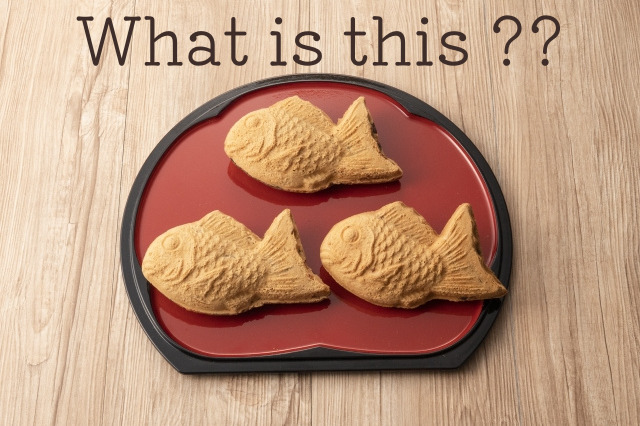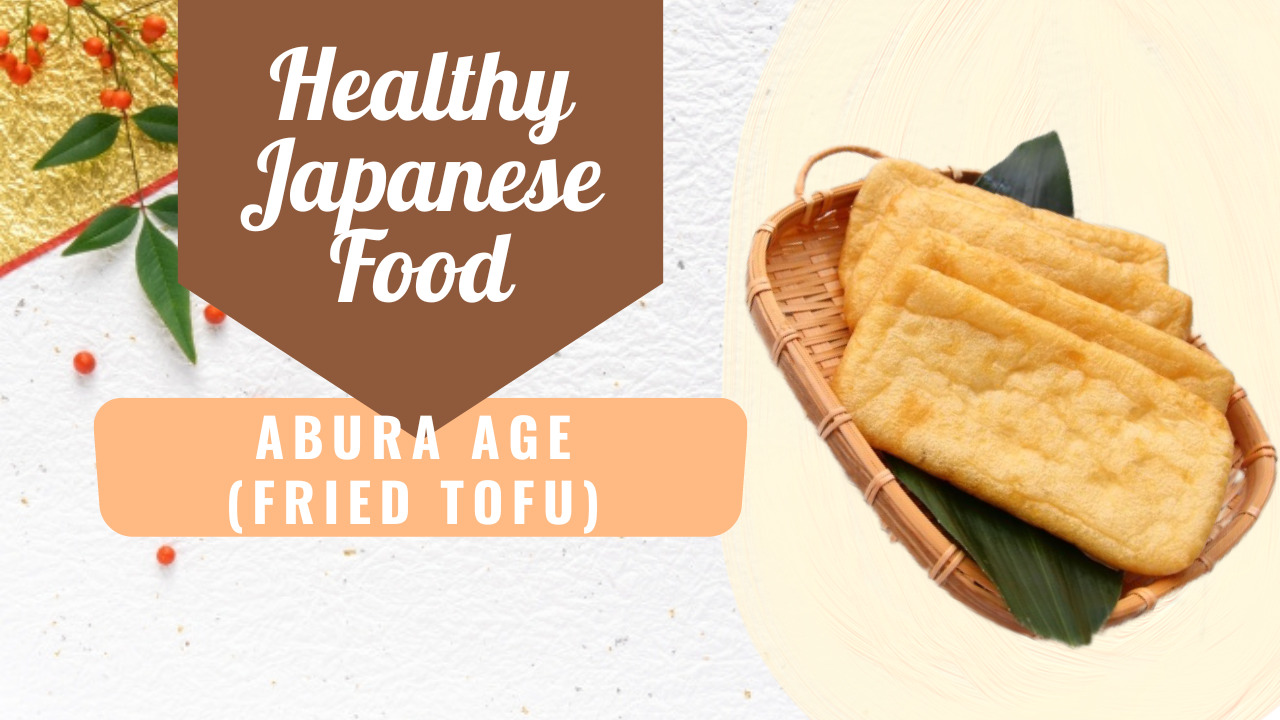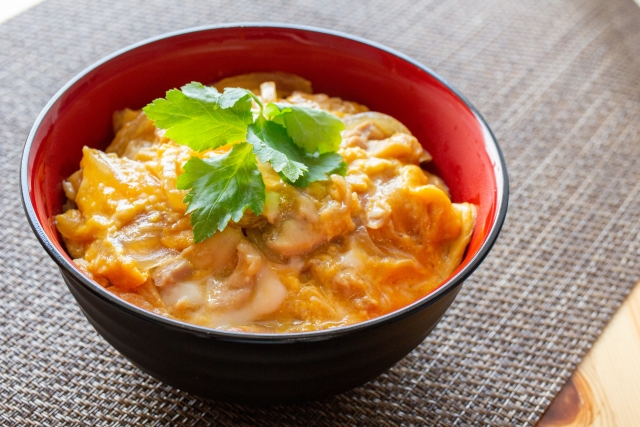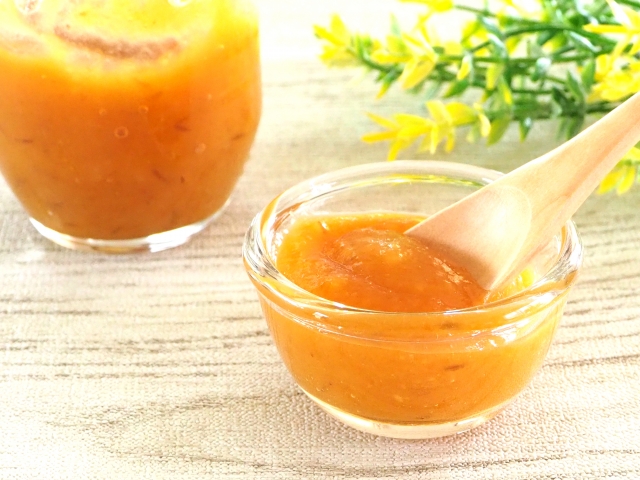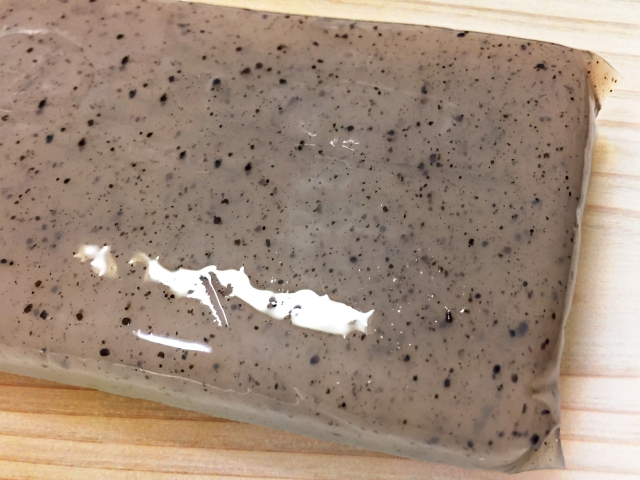
Konjac is a food with a mysterious texture made from konjac rice cake.
There are quite a few Japanese dishes that contain konjac, but first I will talk about "What is konjac?"
What is the root of konjac?

Ingredients originate from the Indochina Peninsula
Konjac is a processed food made from the stems of the plant of the taro family called “konnyaku candy” (also called konjac balls). The origin of the konjac cocoon is said to be the Indochina peninsula.
Even now, Southeast Asia has a lot of konjac buds, and it is said that there are about 130 varieties, but many of them are different from Japanese konnyaku potatoes and varieties. Although it did not harden even after processing, it was not suitable for making konjac, but recently it has been cultivated for food in Japan in China and other Southeast Asian countries. Konjac is said to have come from China with Buddhism around the 6th century, but I don't know for sure.
What kind of konnyaku yam ?

It takes 3 years to become full
Konjac rice is grown from Taneimo like potatoes, but it takes 2-3 years to grow unlike potatoes.
First of all, planting a tanimo in the spring will produce a new potato, from which the rhizome will grow, and in the fall, a “baby” of konjac rice called “Kiko” will be created. We call this first-born child who has been harvested and replanted in the next spring as a first-year student, harvested in the fall as a second-year student, and then planted in the next spring as a third-year student.
It grows 5 to 10 times in 1st grade from birth and 5 to 8 times in 2nd to 3rd grade. This third grade is suitable for making konjac, but konjac rice is weak in low temperature and easily perishes, so it is very difficult to store from harvest to the next planting.
What are the types of konjac?
Improve quality with quality improvements
In Japan, there were “Native species” and “Binaka species” that have been cultivated for a long time. However, these had similar properties, so it was difficult to improve the variety by crossing them. By importing “Chinese seeds” from China, we succeeded in making varieties that are easier to grow.
As a result, improved varieties such as “Harukuroro”, “Akagi Odama”, and “Miyama Sari” were born. Currently, these three varieties account for over 97% of production. In recent years, varieties that are easier to grow and more productive have emerged.
How is konjac grown?

Konjac called "Undama"
Konjac field
A view of the konnyaku field
Placing a straw prevents the soil from drying and prevents sudden changes in temperature. In addition, since weeds are difficult to fly, insects and diseases can be prevented.
Although it has been cultivated since ancient times, it was surprisingly around 1955 that a stable cultivation method was established. Konjac persimmons are so delicate that even leaves can be damaged, they will not grow well in places with strong sunlight, wind, drought, or drainage. Until then, because it was a long experience and luck, it was a crop that made the grower cry so that it was also called “luck ball”.
Konjac persimmons need an average temperature of about 13 degrees a year, so they can be cultivated in cold regions, but they are difficult to grow, and cultivation in Miyagi, Yamagata is the northern limit. In the past, it was cultivated for household use by ordinary farmers, but since it became a production-oriented cultivation, it has been grown in Kita Kanto regions such as Gunma, Tochigi and Saitama.
The harvested konjac rice cake is also delicate.
The 3 best konjac yam production areas
Best 3 production areas of konjac yam (produced in 2013)
Yield (tons)
The production number 1 of konjac yam is Gunma Prefecture. The share is 91.9% (2013).
Source: Ministry of Agriculture, Forestry and Fisheries Statistical Information Department (Gunma / Tochigi), Ibaraki (Prefectural Government Survey)
The konjac yam that becomes a tanimo needs temperature control after harvesting. After half-day drying in the field, dry it well in an airy shade. During the winter, wrap one newspaper at a time and place it in a well-ventilated basket, etc., and store it in a place where the minimum temperature does not fall below 13 degrees.
How is konjac made?

Utilizing the nature of mannan solidification
The konnyaku's unique texture is due to the fact that the konjac mannan dietary fiber contained in konjac has been changed by an alkaline substance called lye.
In the past, it was mainstream to use konjac raw or boiled and peeled, but now, konnyaku are sliced and dried (coarse powder, arako), and finer The main method is to make it after making it into powder. This is a method that was discovered by Fujiemon Nakajima in Hitachi country (now Ibaraki Prefecture) in the 1700s, and this processing method made it possible to make konjac all year round. Konjac persimmon was very perishable, so until this method was discovered it was an autumn-only food from which konjac persimmon could be harvested.
It is a miso to pull out the acupuncture with lye
Konnyaku has a strong sour taste that makes your mouth tingle even if you bite it a little, and it can't be eaten just by boiling or baking like any other koji.
In order to neutralize and remove oxalic acid and phenol derivatives such as oxalic acid, it is ash juice that also works to harden konjac. I'm not sure who came up with it, but I don't know what to do. In the past, ash was used for ash, but recently slaked lime (calcium hydroxide) and sodium carbonate (sodium carbonate) are used. The amount of slaked lime is 0.5 to 1% of the weight of raw food (about 6% of the weight in the case of fine powder). In order to remove the ak firmly, it is important to boil the hardened konjac for 30 minutes to 1 hour and then expose it to water. In addition, you can make 5 to 6 konjac boards with 500g of raw konjac.
Summary
Did you understand a little about konjac?
Konjac is a food that you can't understand without actually eating it, so try it at a Japanese supermarket. Next, I will talk about the nutrition of konjac.


